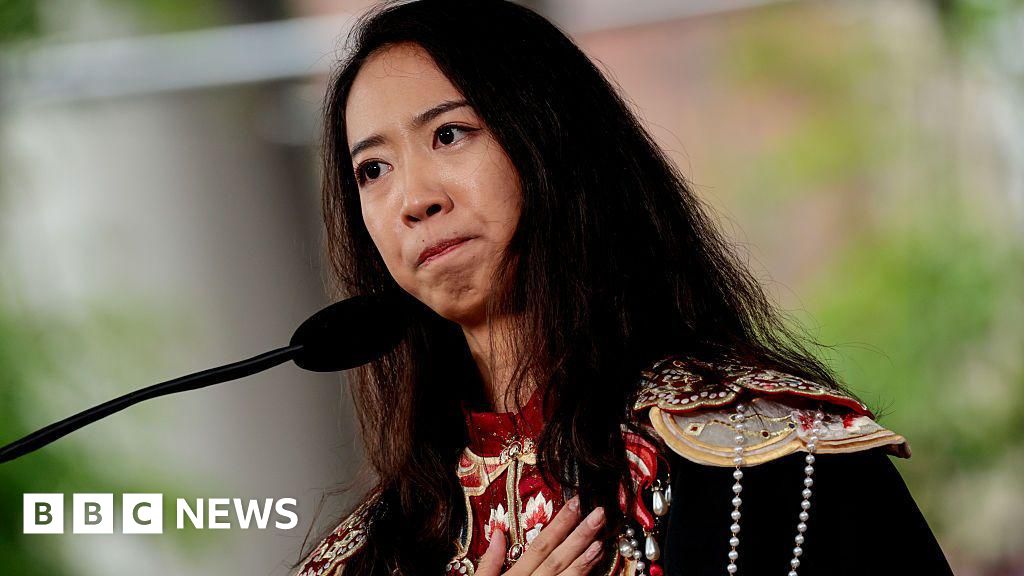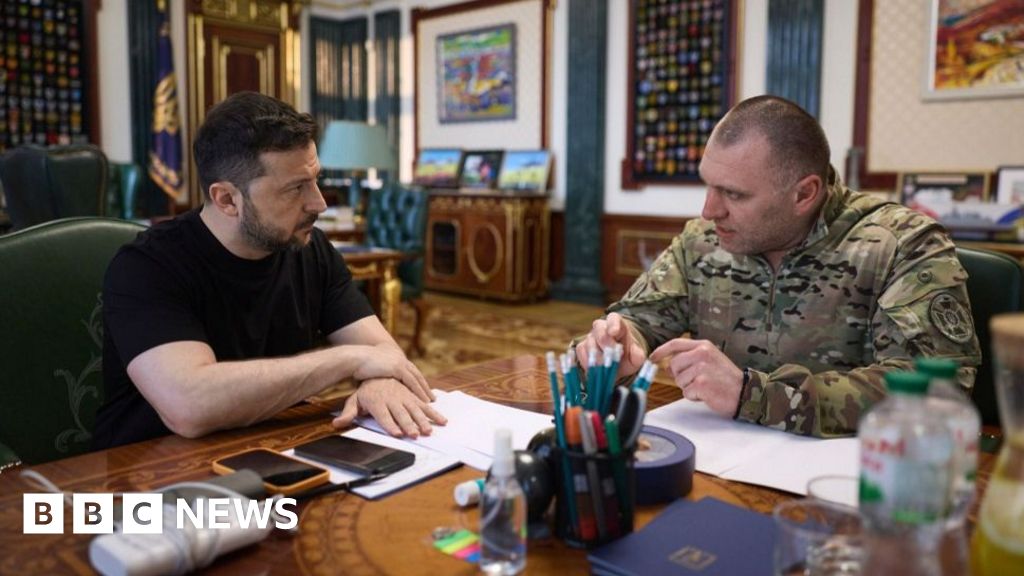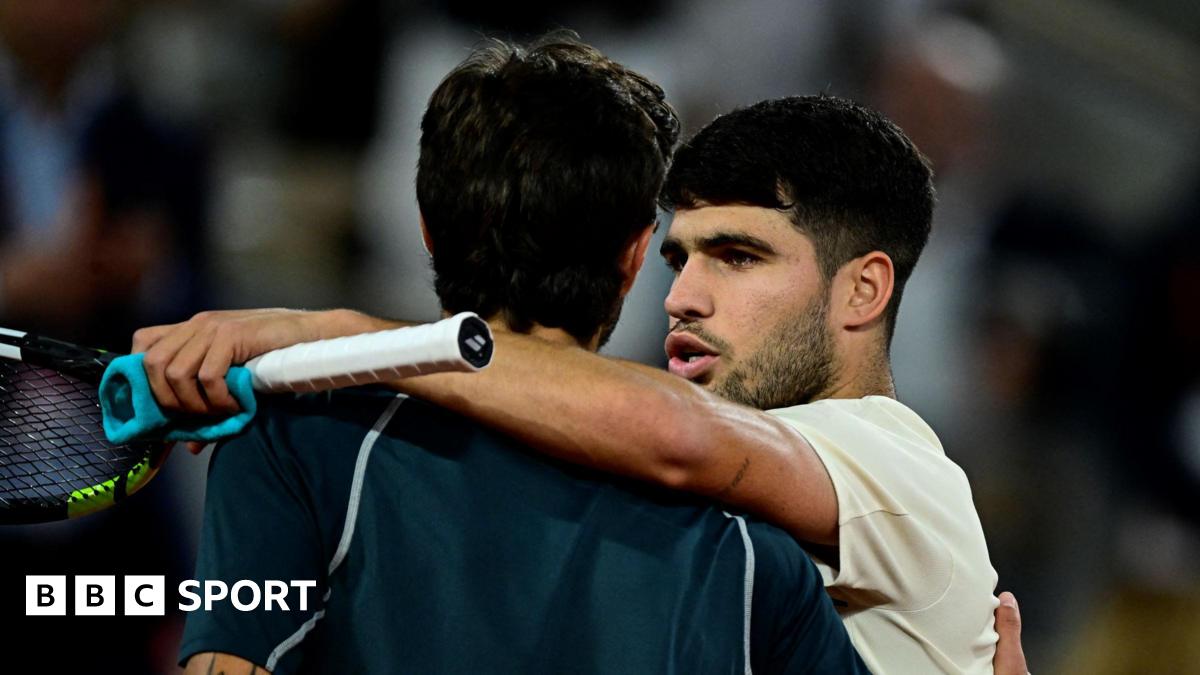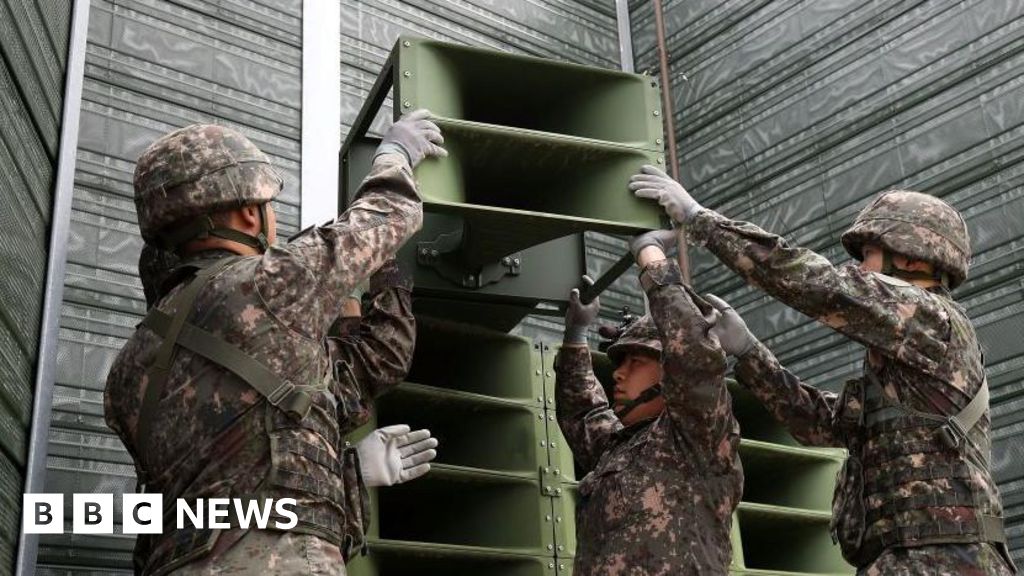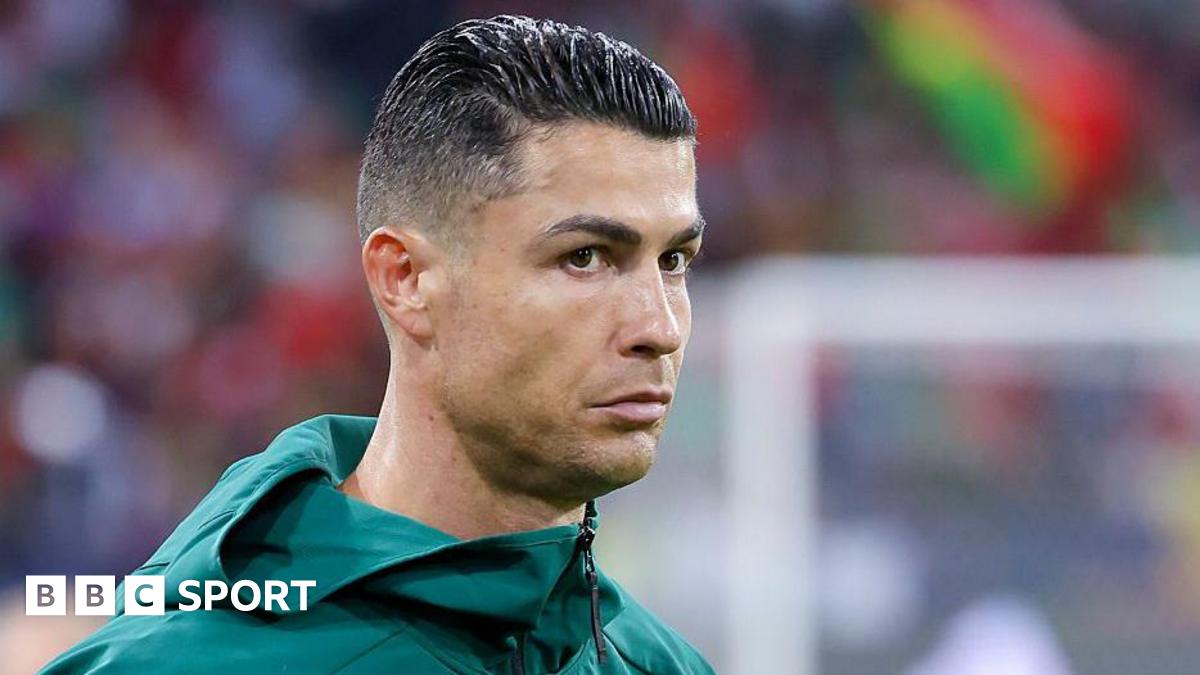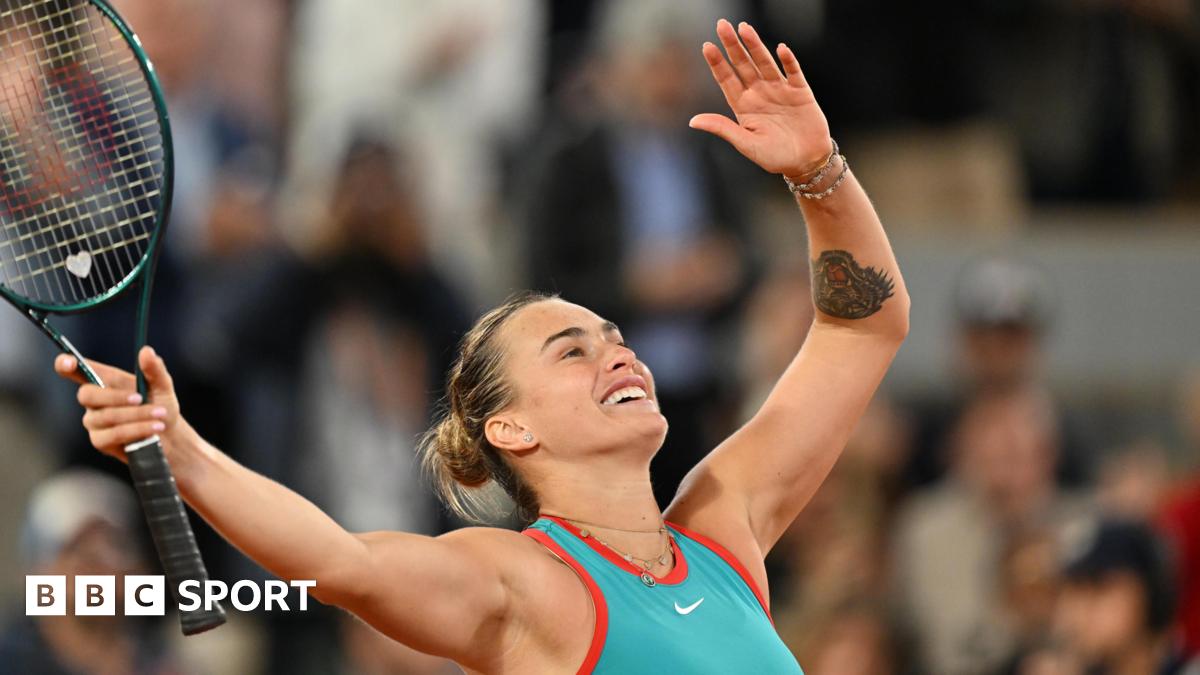
Tom HamiltonMay 27, 2025, 04:12 PM ET
- • Joined ESPN in 2011
• Covered two Olympics, a pair of Rugby World Cups and two British & Irish Lions tours
• Previously rugby editor, and became senior writer in 2018
PARIS -- Welcome to the last stand of the line judges. They are a dying breed in tennis, but at the French Open, the organizers are hoping to hold back the inevitable tide of electronic line calling (ELC) for as long as possible.
In almost every match here at Roland Garros, there will be a disputed point. The process is the same. The call is made, the player protests, the umpire gets down from their lofty perch, the player highlights the mark with their racket, and the umpire makes the call. It's theater -- and sometimes leads to an overturned call. Mirra Andreeva had one late in her first-round match with Cristina Bucsa on Tuesday, and turned, exasperated, to her box when her pleas for a call to be overturned were ignored.
This year, Wimbledon will adopt electronic line calling. The line judges will no longer be there, hunched over in between points, bellowing guttural noises when a ball swings wide of the line. The Australian Open ushered in this technology in 2021, and the US Open followed suit in 2022. That leaves the French Open as the last to have this human touch.
Some tournaments on clay have adopted ELC and had early problems. There have been calls where technology and the human eye have not matched. In Madrid, Alexander Zverev took a photo of a shot from Alejandro Davidovich Fokina that he deemed to have been out, but the ELC called in.
"I will talk to the supervisors, I will talk to the ATP because, as I said, this is not normal," Zverev said afterwards. "For a mistake to happen like this, yes, one or two millimeters I understand, but four, five centimeters is not normal." Afterwards, the ATP even moved to clarify a Tennis TV post about this -- pointing to how ball marks on clay can be hard to read, given it is a dynamic surface.
Another look at the call 🧐 https://t.co/t0HHsl3YjC pic.twitter.com/lxdNuaqg6T
— Tennis TV (@TennisTV) April 27, 2025There's plenty of controversy in tournaments still using the human touch, too. Elsewhere, Aryna Sabalenka took a photograph of a call in Stuttgart during her quarterfinal against Elise Mertens. This was on a shot she felt was in but had been called out.
"Yeah, it was definitely in," she said afterwards. "I understand. I mean, everyone can make mistakes, and I'm not the one who is going to be complaining with the referee ... [but] if you make the mistake, I think you have to have guts to admit it and make a call."
All the while, tournament organizers and the game's stakeholders are creating educational videos showing why the human eye can be deceived by the mark left by the bounce and trajectory of a ball on clay. "I think it needs a little bit of adjustment," Casper Ruud said. "I think there was a pretty bad error in the Zverev match in Madrid. I've seen some others. I thought the tutorial video that the ATP posted was [well] explained."
While the calls for ELC keep getting stronger, Roland Garros pushes back. Gilles Moretton, the president of the FFT, says the French Open will maintain human line judges for as long as possible. "Regarding what happened in Madrid and what happened in Rome, the system ... seems to be not perfect," Morreton said. Morreton also talked about how important the line judges are as ambassadors of the sport.
"I think we are right to keep our referees and line judges at Roland Garros," Morreton added. "For Roland Garros, we want to keep our linesmen as long as the players agree with that."
Then came the qualification: "Unless the players are unanimous and come to us and say, 'We won't play if there isn't a machine' ... then I think we've got a great future ahead of us to maintain this style of refereeing."
But the noise from the players is growing. Novak Djokovic was asked for his thoughts on Monday. "Well, first I'll say that I understand the people who are more traditionalists and who like to have the line umpires on the court. I think it's part of our culture and tradition that has been there for decades. But if I have to choose between the two, I'm more of a proponent of technology. I would say it's just more accurate, saves time, and just maybe also less people on the court."
Coco Gauff agreed and said, "If we have technology we should use it." But she added, "I'm not going to be out here advocating and pushing for it. But yeah, if I had a preference I would choose to play on the court maybe where the robots are making the decisions."
Ruud added, "I think I prefer ... electric line calling, I think it works very well. I would say I prefer that. I think out of all the calls that are made, the margin of error is smaller with electronic line calling."
There's still some support for line judges, predominantly from the French contingent. Arthur Fils had previously issued his preference for human line judges, and Gael Monfils backed it up pre-tournament. "Quite honestly, we like to have things the old ways ... I think it's good to have line judges here because that's the way I grew up," Monfils said.
Stefanos Tsitsipas is also a proponent for the human eye. "That's what makes clay special, in a way -- that you can always review the shots. ... Obviously, you can't deny that electronic line-calling is the future, and everything is moving towards AI and artificial intelligence. But me, personally, I wouldn't mind playing on clay with maybe the judgment of a human instead of a robot."
And for others? Well, the flip-flopping between the two methods is just a little bit too much. "Honestly, I'm so confused, I don't know, because I had a situation with the referee in Stuttgart, and also there was tricky calls with the Hawk-Eye system in Rome. So I'm really confused what I prefer, to be honest," Sabalenka said.
Chances are that during the next two weeks, there will be a contentious, match-swinging call that increases the noise for ELC. It could also increase the noise for uniformity of using the technology across the four Slams. Roland Garros will continue resisting the pull of AI and robots, but for how long?































